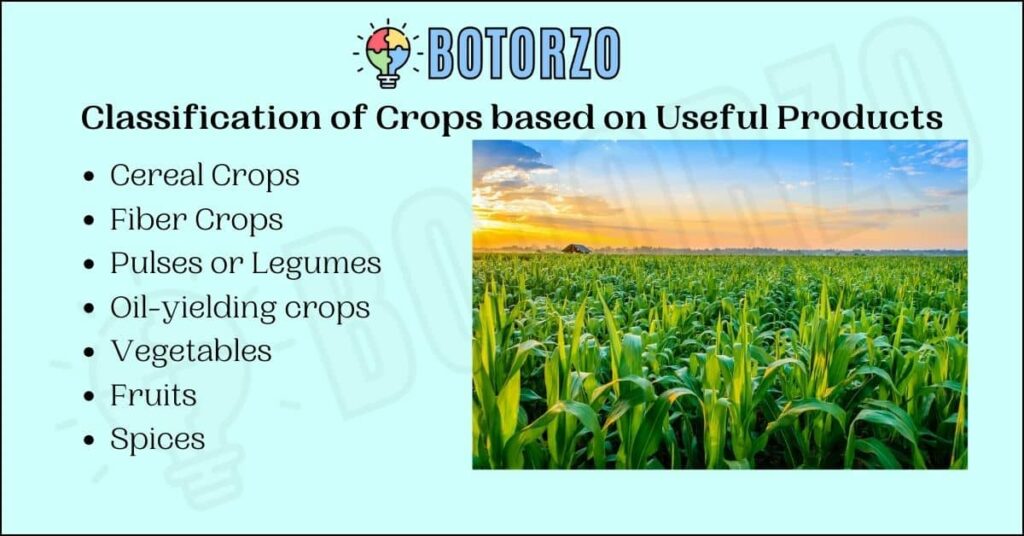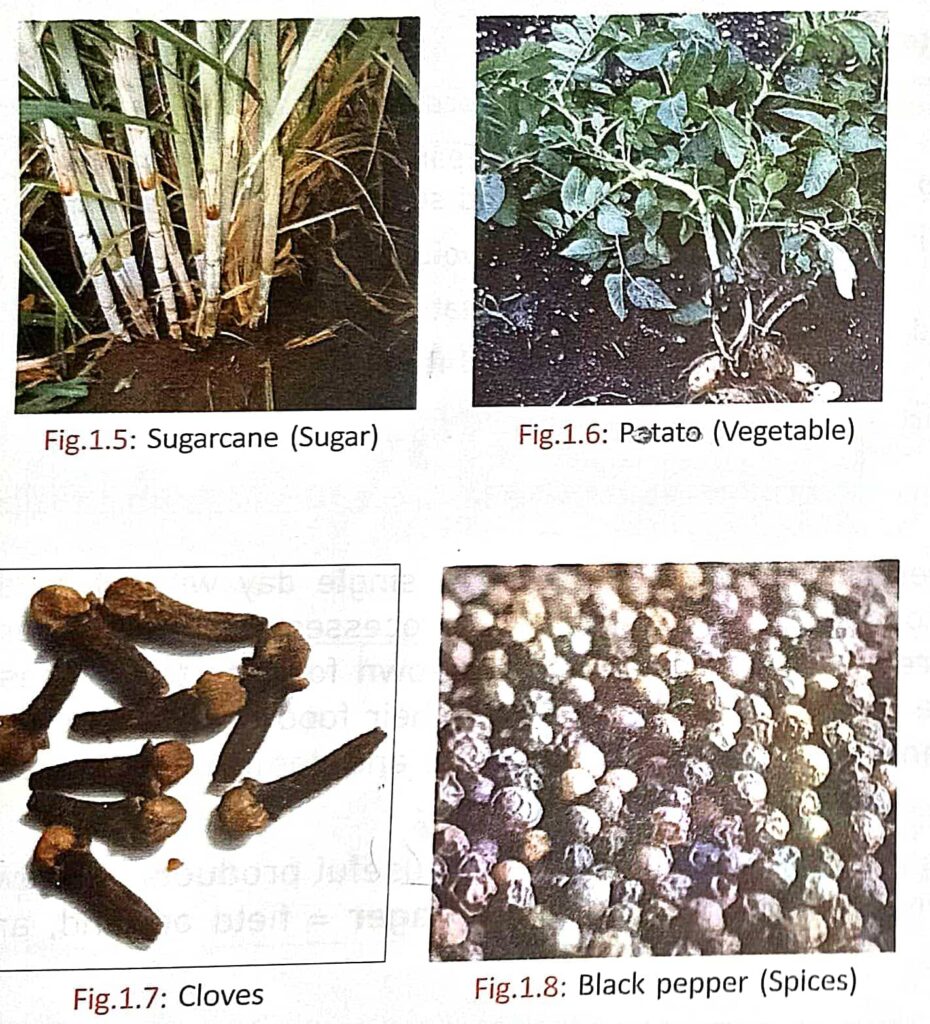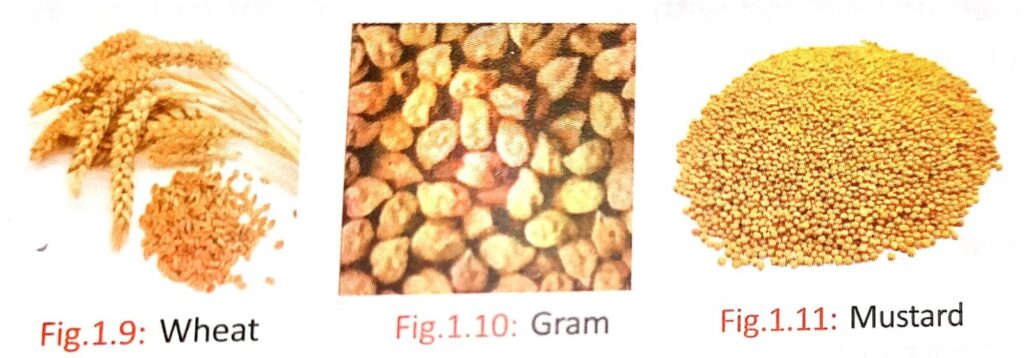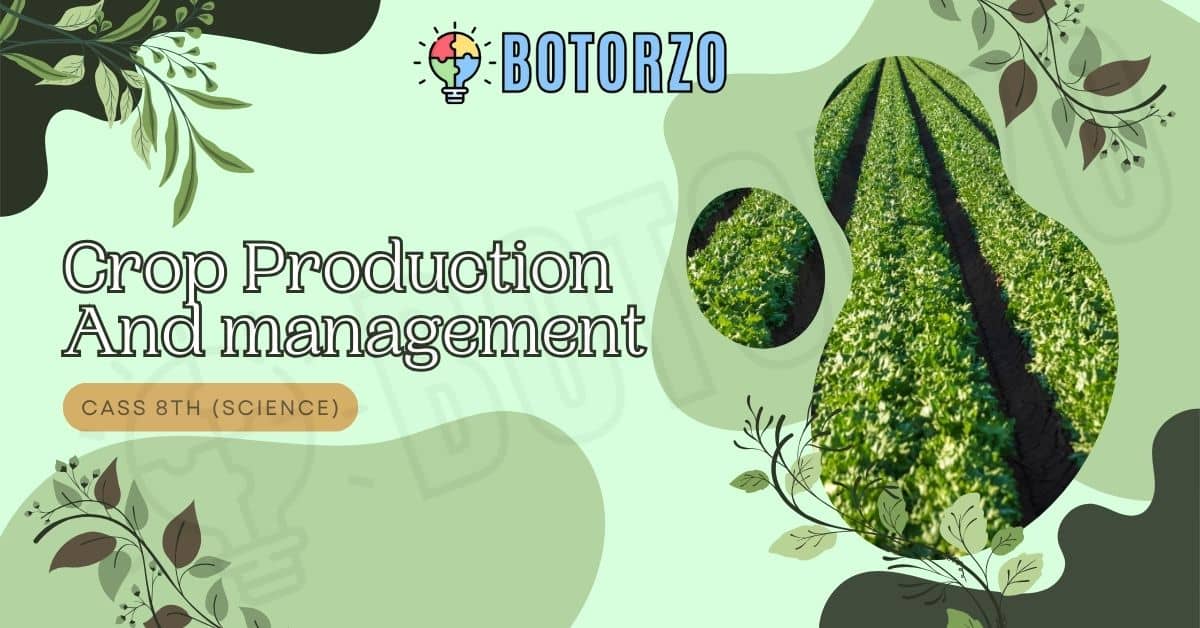Crop Production And Management
In the grand tapestry of life, food forms or Crop Production the fundamental thread. It is an undeniable truth that sustenance is vital for all living organisms, providing the energy necessary to power their daily activities and life processes such as respiration and digestion. In this article, we delve into the fascinating world of agriculture—the practice of cultivating plants and rearing animals to obtain food and other essential products. Understanding this crucial field is not only about knowledge but also about appreciating the foundations of our existence.

What is agriculture?
Agriculture, in its essence, is the practice of cultivating plants and rearing animals for a multitude of purposes. It encompasses a wide array of activities associated with the cultivation of crops and the domestication of animals. The primary goal of agriculture is to produce food, but it also includes the cultivation of fibers, medicinal plants, ornamental plants, and other useful products. It plays a fundamental role in sustaining human life and fostering economic development across the globe.
Unveiling the Core of Agriculture
The term “agriculture” finds its origins in Latin: “ager,” meaning field or land, and “colo,” signifying cultivation. It encompasses the cultivation of plants and the rearing of animals for a variety of purposes, chiefly food production. Humanity, in its quest to meet its food needs, commenced the cultivation of plants and the domestication of animals, birthing the practice of agriculture.
Read More From Here.
What are crops?
Crops are groups of plants that share similar characteristics and are cultivated collectively on a designated area of land. These plants are cultivated for specific purposes, primarily for obtaining valuable products like food, fiber, medicinal substances, or other essential materials. Crops are a cornerstone of agriculture and are crucial for supporting human survival and meeting various societal needs. They encompass a diverse range of plants, each with unique features and uses, contributing significantly to our daily lives and overall well-being.
Classification of Crops based on Useful Products
In the vast realm of agriculture, crops hold a central position. A crop refers to a uniform set of plants cultivated at a specific location on a substantial scale. These crops are categorized based on the valuable products they yield.
- Cereal Crops
- Fiber Crops
- Pulses or Legumes
- Oil-yielding crops
- Vegetables
- Fruits
- Spices

Cereal Crops: A Staple Source
Cereal crops are quintessential in agriculture, primarily grown for their seed grains, abundant in starch and fiber. Wheat, rice, and maize are prime examples of cereal crops, play a pivotal role in feeding the global population.
Fiber Crops: Weaving the Fabric of Society
Fiber crops are cultivated for the fibers they produce, crucial in the textile industry. Jute and cotton are stellar instances, playing a vital role in clothing and upholstery.

Pulses or Legumes: The Protein Powerhouses
Pulses, or legumes, stand as a rich source of proteins, encompassing various seeds like gram and beans. They form an integral part of diets globally, contributing to nutrition and sustenance.
Oil-Yielding crops: Nourishing through Oils
Oil-yielding crops are abundant in edible oil, serving as essential ingredients in cooking. Groundnut, sunflower, and mustard are noteworthy representatives, ensuring a vital dietary component.
Sugar-Yielding Crops: Sweetening Lives
Sugar-yielding crops are characterized by their high sugar content, with sugarcane being a prominent example. Sugar, a universal sweetener, is extracted from these crops, enriching our culinary experiences.
Vegetables: Nature’s Bounty
Vegetables form a vital component of our diet, brimming with water, minerals, and vitamins. Derived from various parts of plants like leaves, stems, roots, and flowers, they include spinach, potato, carrot, and cauliflower, among many others.
Fruits: Nature’s Delicious Offering
Fruits are nature’s gifts, boasting high water content, essential minerals, and various nutrients. Apples, mangoes, and an array of others cater to both our taste buds and nutritional needs.
Spices: Flavoring the Culinary Symphony
Spices add that extra dash of taste and flavor to our meals. Derived from various plants, they include pepper, ginger, and cloves, enhancing our culinary experiences.
India’s Cropping Patterns: Adapting to Nature’s Symphony
India, a land of diverse climates and landscapes, witnesses distinct cropping patterns influenced by seasons and climatic conditions. These patterns ensure optimal crop growth and productivity.

Rabi Crops: Embracing the Winter Harvest
Rabi crops are sowed in winter, typically in October, and harvested in March or April. This category encompasses staples like wheat, barley, gram, pea, linseed, and mustard, playing a crucial role in fulfilling our dietary needs during these months.
Kharif Crops: Dancing with the Monsoon Rhythms
Kharif crops are sown during the monsoon season, in June, and reaped in September or October. These crops, including paddy, sugarcane, groundnuts, soybeans, cotton, and maize, heavily rely on the abundant monsoon rains for their growth.
What is agriculture?
Agriculture refers to the practice of cultivating plants and rearing animals for various purposes, primarily for food production and other essential products.
What are crops?
Crops are a group of plants of the same kind, cultivated at a specific location on a large scale. They are classified based on the valuable products they yield.
What are rabi crops and kharif crops?
Rabi crops are sown during the winter season and harvested in March or April. Kharif crops, on the other hand, are sown in the rainy season and harvested in September or October.
What are some examples of cereal crops?
Cereal crops include grains like wheat, rice, and maize, which are rich in starch and fiber and form a staple diet in many parts of the world.
Which crops fall under the fiber crops category?
Fiber crops, such as jute and cotton, are cultivated for the fibers they yield, which are extensively used in the textile industry.
Which crops are considered oil-yielding?
Oil-yielding crops, like groundnut, sunflower, and mustard, are known for their high edible oil content, making them vital in cooking.
What distinguishes pulses or legumes in the crop classification?
Pulses or legumes, including gram and beans, are rich sources of proteins, making them a crucial dietary component, especially in vegetarian diets.
What types of crops fall under the category of sugar-yielding crops?
Sugar-yielding crops, such as sugarcane, have a high sugar content and serve as the primary source for extracting sugar, a common sweetener.
Which parts of the plant are typically harvested as vegetables?
Vegetables encompass various parts of plants, such as leaves, stems, roots, and flowers, and include spinach, potatoes, carrots, and cauliflower.
What are the key factors influencing India’s cropping patterns?
India’s cropping patterns are influenced by seasons and climatic conditions, varying from winter-sown rabi crops to monsoon-dependent kharif crops, optimizing agricultural output.
In Conclusion
Agriculture is not merely a profession; it’s the lifeblood that sustains our world. Understanding the nuances of different crops and the intricate dance of nature in cropping patterns is vital for ensuring food security and a prosperous society. As we continue to advance, let’s not forget the essence of our existence—nourishing ourselves and the world around us.
Read More About Engineering Content From Engineeringadda.in

